Three Points of the Compass returned to London to walk the Jubilee Walkway a week after a first visit. Just to mix things up a little, I decided to make this a night walk. I had enjoyed searching out various statues on my first visit, so decided to find a few more statues, sculptures and public works of art on this circuit around various parts of London both sides of the River Thames. I left out the hopelesss loop taking in the British Library, which was closed anyway, so this would be a shorter walk of around thirteen miles. Though that would depend on how much I wandered off-piste…

It is a short and uneventful walk away from Victorian station. Leaving subdued looking travellers, hunched up, sitting on the ground with their backs to the station walls, wrought iron gates closed and locked to exclude them, I passed the Royal Mews and diverted off to walk around the absolutely huge memorial to Queen Victoria at its gates. From there it is a long walk down Birdcage Walk, past the barracks, approaching Westminster and the river. I undertook a slow circuit of the statues in Parliament Square before crossing the road to the Abbey.
Many parks, squares and green spaces that the Jubilee Way passes through are locked up at night so I had to skirt round the fringes occasionally. One diversion took me into College Green opposite parliament. Under the gaze of George V I was delighted to find one of Moore’s masterpieces, now thankfully restored from the tatty condition into which it had previously been allowed to lapse. This sculpture revealed what I would be encountering on my walk- darkness and light creating strange shadows, literally casting new light on a viewing experience.

Lambeth Bridge took me across the Thames, just a few late-night rowdies passed me, going the opposite direction and I wondered if I would have the South Bank, followed all the way to Tower Bridge, to myself.
I had no wish to encounter late night revellers so had deliberately caught the last train in to London, to arrive late and subsequently arrive in any ‘dodgier’ areas very late, when I figured any drunken antics had dried up and muggers had tired and gone home. What I hadn’t anticipated was that the Euro’s were on, and many hundreds of fans, who I thought to be mostly Italians and Spanish, had arrived in London to watch the football, either at Wembley or on one of the giant screens dotted around the capital. Few seemed to have bothered to seek out a hotel and had decided to party the night away. Especially on the South Bank I would hear music in the distance, and approach and pass dancing groups of happy and sozzled girls, their male partners steadfastly refusing not to dance, instead preferring to slug from bottles of cheap wine and quietly chat amongst themselves. All ignored me.


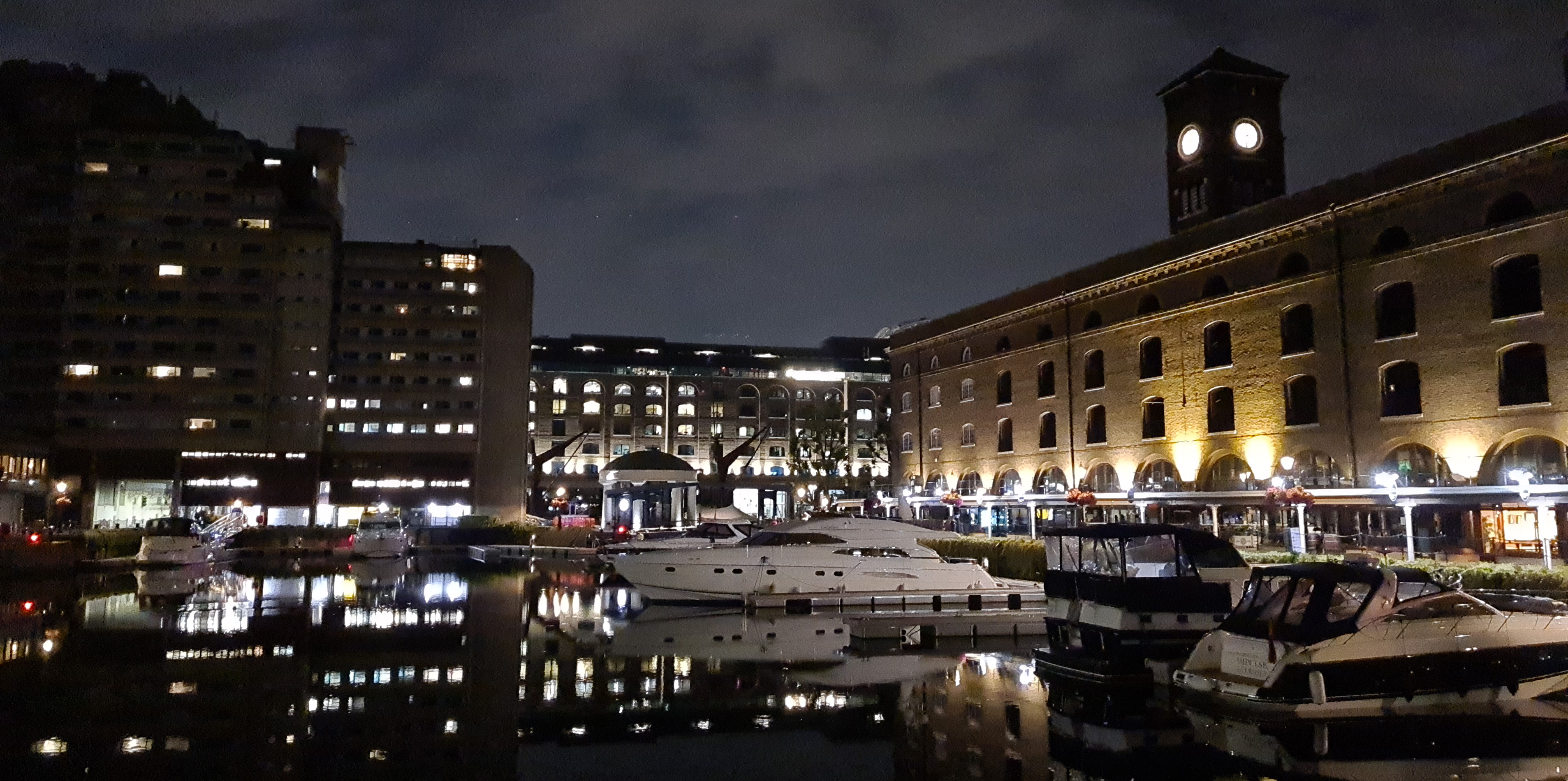
Out of Katherine’s Dock, it is then a matter of following roads half full of black cabs and late night delivery lorries, back toward the Tower of London- floodlit and moodily squatting low, the tower that is, I was walking tall and enjoying my time. Tall wide streets with narrower side lanes took me toward Monument and then to that imposing group of collumned facades that comprise Royal Exchange, Bank of England and Mansion House. Seeing my backpack and me taking photos, one young man detached himself from his friend at a bus stop to approach me– “Oy, mate, where you from?” , I muttered a reply and he reeled off, delighted, back to his friend “you will not believe this, he’s ENGLISH!”
To ring the changes, instead of walking the streets at the base of the Barbican as I had before, I took to a silent High-walk that gave me elevated views down on the quiet streets below, complete with Roman wall and bastion and two further and unexpected sculptures. Both are situated near the entrance to the Museum of London. I paused to read the full text on The Aldersgate Flame, which marks the site (ish) of the conversion of John Wesley to Methodism in 1738. Then a few further steps to the aptly named and a little odd Union- Horse with Two Discs. From there it was back down to street level, silently past a slumbering homeless chap, making the best he could of it in a piss stained and stinking stairwell. Such are some areas of London at night.
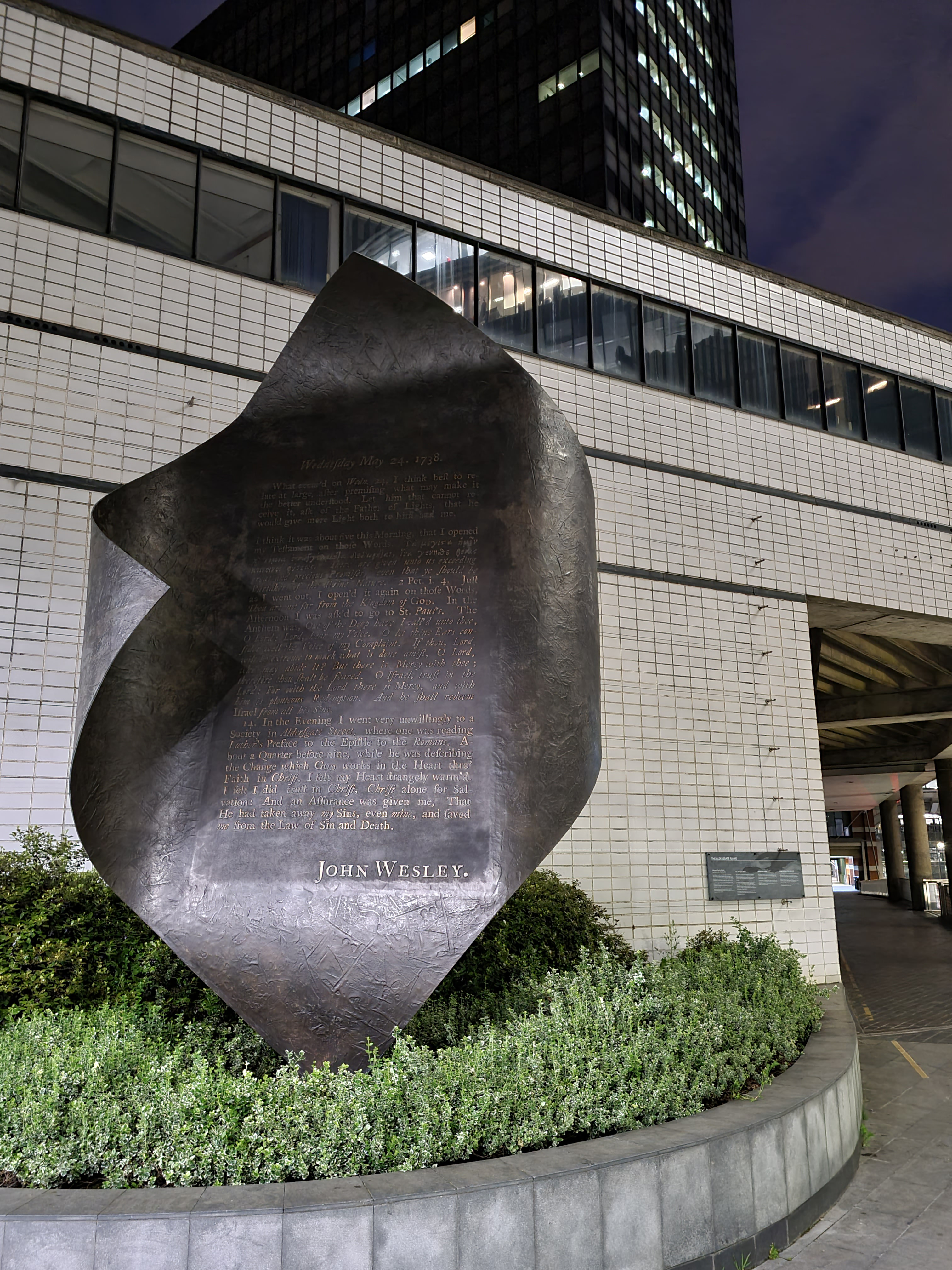

The old GPO cente of London was reached, once referred to as ‘the most important spot on the face of the globe‘. No longer, it is all investment banks around these parts now. There is a lot of money here, but not immediately apparent at night. I photographed the stern figure of Rowland Hill, peering across the road from atop his plinth. He looks a little bemused, small wonder, the statue had been moved here from it’s previous august position outside Mansion House. I took a long loop round the back and side of St. Paul’s Cathedral, partly to look for the little figure of the Cordwainer, partly diverting to avoid a quiet arrest taking place across from the cathedral steps- coppers were searching a couple of men, handcuffs on, they were bundled into squad cars.

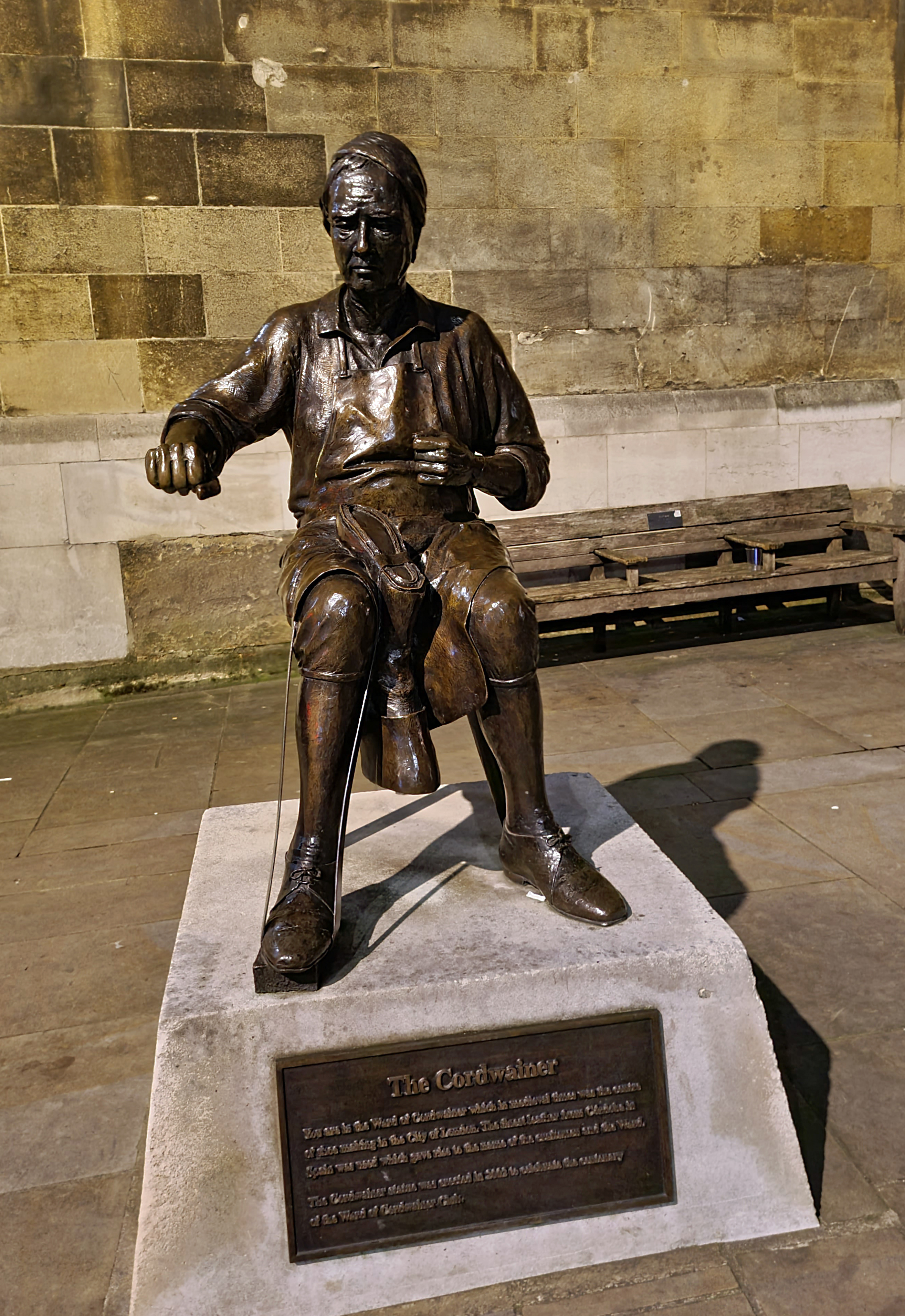
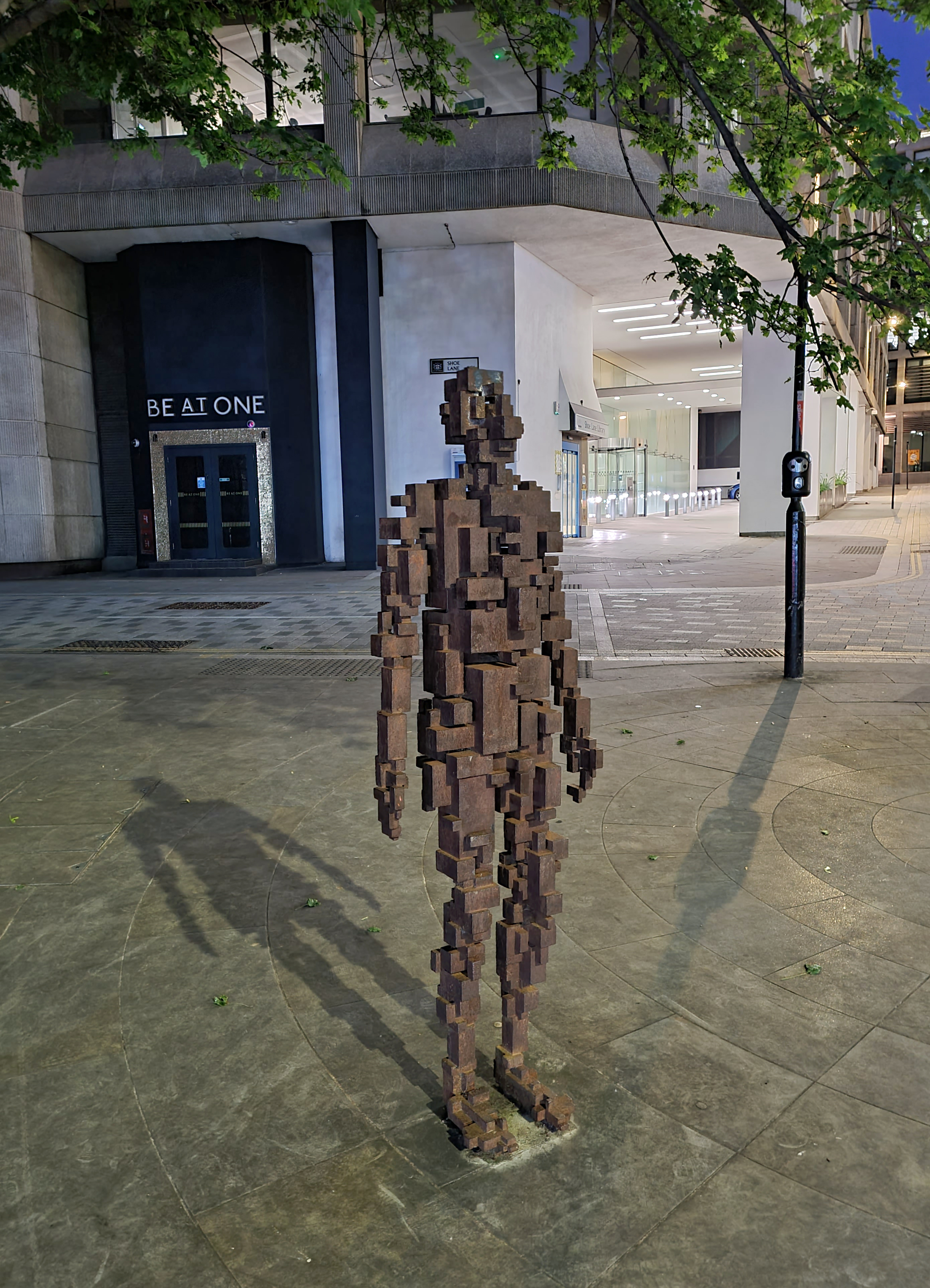
I began walking down Fleet Street but decided to wander off-piste yet again to search down one of Gormleys cube figures, based upon his own body. There used to be quite a few of these in London, even standing with their ankles in the lapping Thames, but most have been removed. A confusing zigzag through the streets follows- Royal Courts of Justice, Lincoln’s Inn, Freemasons’ Hall, Royal Opera House, Covent Garden, various theatres, “NOW OPEN, TAKING BOOKINGS NOW“, the National Portrait Gallery, National Gallery, all are passed before reaching Trafalgar Square and time for another halt.

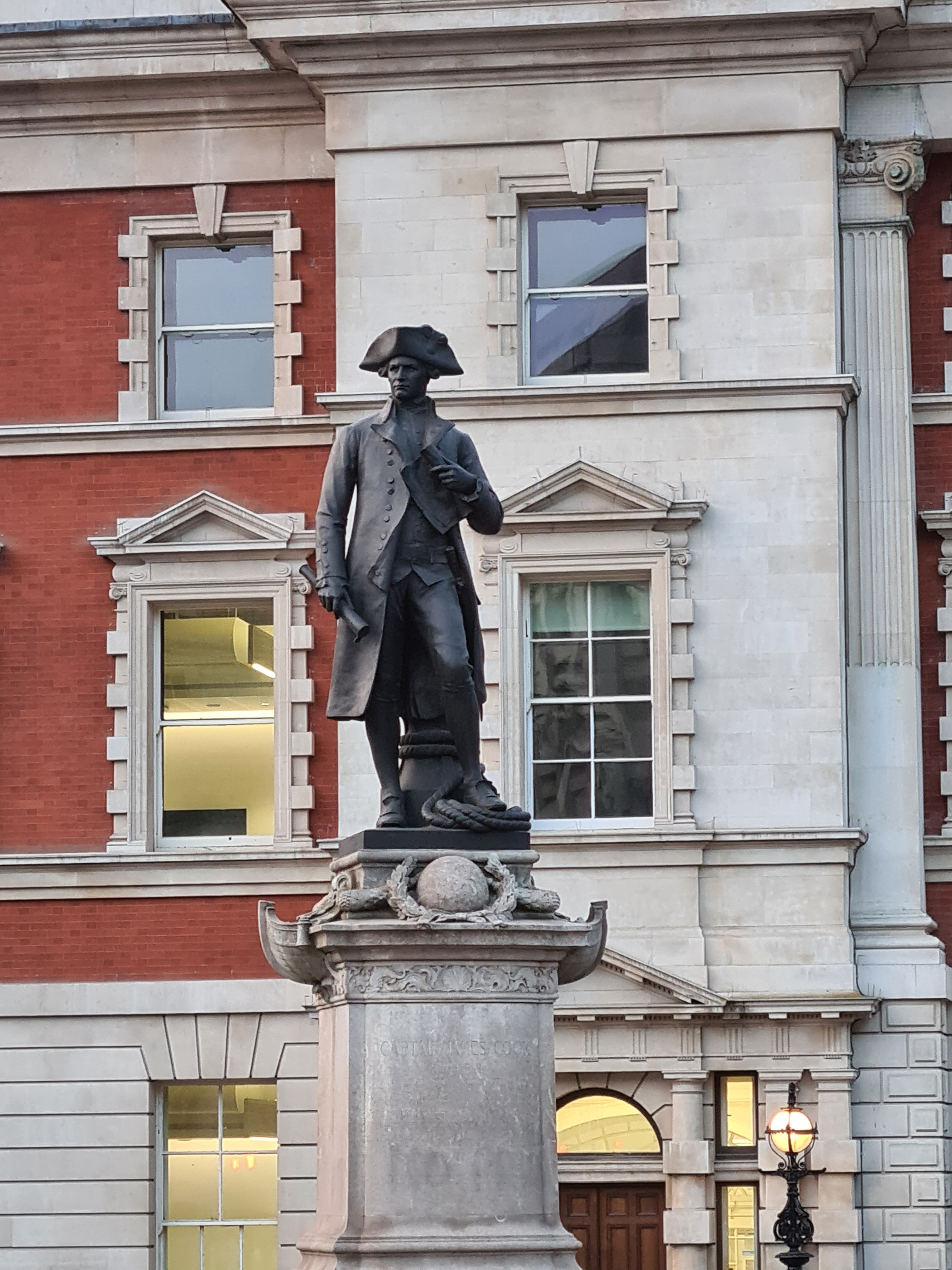
The dark summer night hours had been brief, by half past three the sky was lightening. I had only taken a couple of brief breaks during my walk so far. Reaching Trafalgar Square I took a proper half hour to sit at the base of the fourth plinth for breakfast bars and slugs of water. A handful of dazed and sleep deprived footie fans were sat on various steps, being looked over by wearied security. With stage and screens set up, it looked like televised matches were going to be surrounded later by a few thousand arrivals.
It wasn’t far before I was entering what was about my final stretch, up the silent, car-less, jogger-devoid Mall, In the distance I could see Thomas Brock’s gleaming Queen Victoria memorial, that I had circuited earlier. I paused to see another of his statues. This one of famed explorer Captain Cook. Only Brock was permitted to be commissioned for this statue as it was felt that whatever he produced, would be ‘in harmony’ with his statues on nearby Admiralty Arch. Shame that Cook is shown standing on a rope, a cardinal sin for a sailor!
Before wandering up and across the Mall, I again diverted to go and see what was only the second statue of a woman erected in London- Florence Nightingale, in 1915. I found time to also pause for the lofty Duke of York, Edward VII and Captain Scott, amongst other statues. It was now time to wander into St.James’s on the hunt of elephants…

Adjacent to The Mall, St. James’s Park was quiet. Not even any joggers at this early hour. Squirrels bounced around the grass, starting suddenly as they came across the prostrate body of the odd (very odd) footie fan stretched out, sleeping off too much alcohol, in the long grass beneath low shading trees. Geese were loudly crapping on the tarmac paths, though seemingly unconcerned by a couple of herds of wooden elephants.
Leaving static pachiderms behind, I moved back onto the Mall as I neared Buck House. Though still little road traffic, the number of people walking increased as I passed, again, the Royal Mews and approached Victoria Station. Those previously seated waiting outside locked station gates had gone, already boarded on early trains and now a hundred miles away.
I had arrived in London on the last train, setting off on my walk around half past midnight. Arriving back at the railway station, it had only been five hours since I had set off but I felt like I had packed a lot into that time. It had been a wildly different experience than my day walk the previous week. But can I recommend a night walk of the Jubilee Walkway to others?
It depends how comfortable you are with walking urban streets at night. There are people around occasionally, there are also lonely areas, there are many darkened corners. You need to be aware of your surroundings and be prepared to divert if uncomfortable. It isn’t for everyone. I enjoyed my walk but accept that many people may feel safer or more comfortable walking this in daylight hours. At least the green spaces would be open then.
Nothing was open in the station where I could snatch a much needed tea, coffee or brekkie, so I boarded the first train out of the city to home. A good night’s walk of somewhere between 13 and 14 miles behind me.

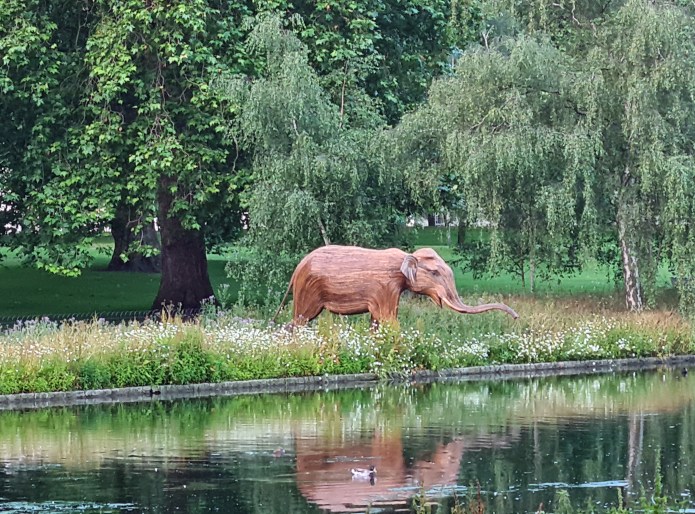

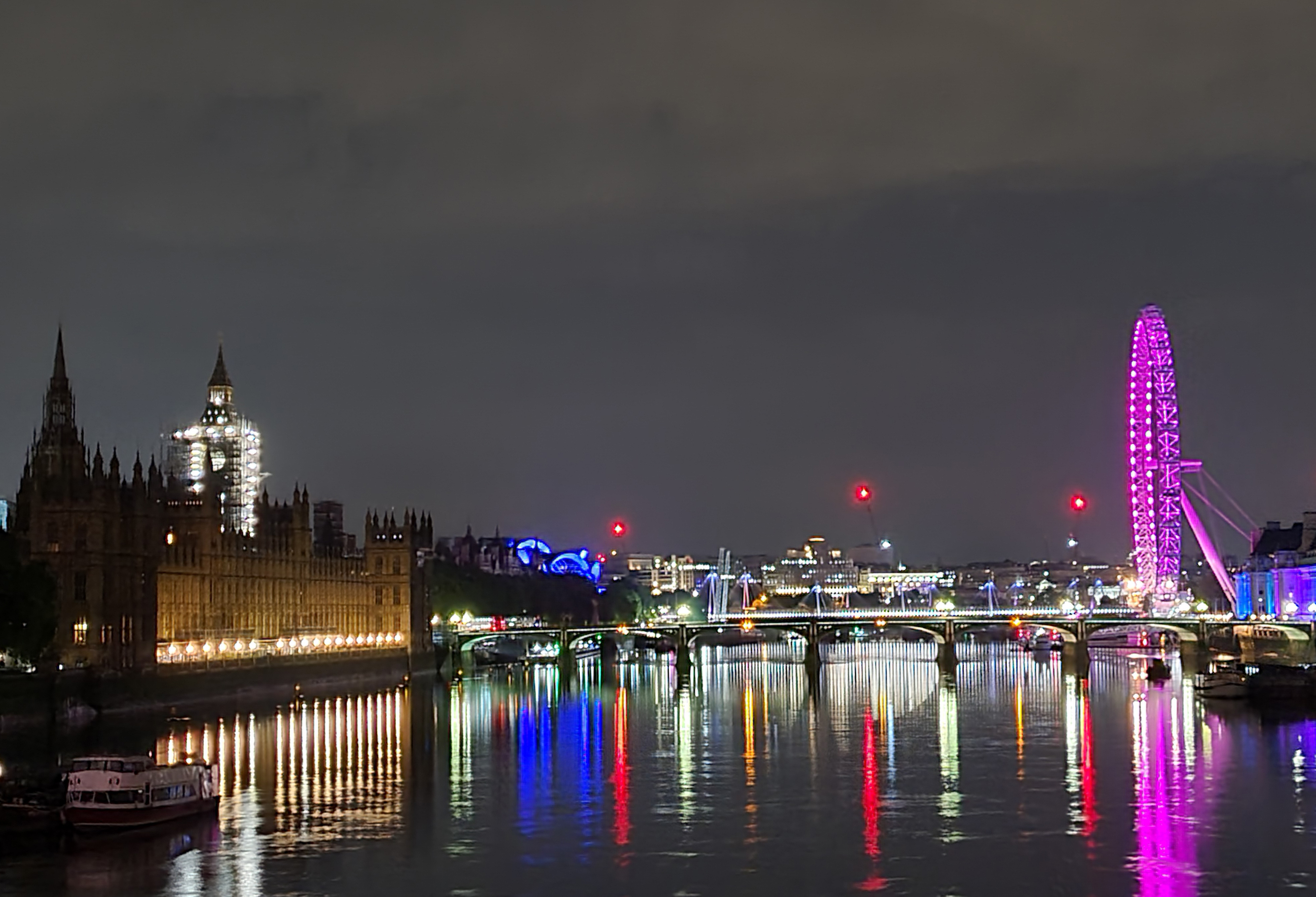




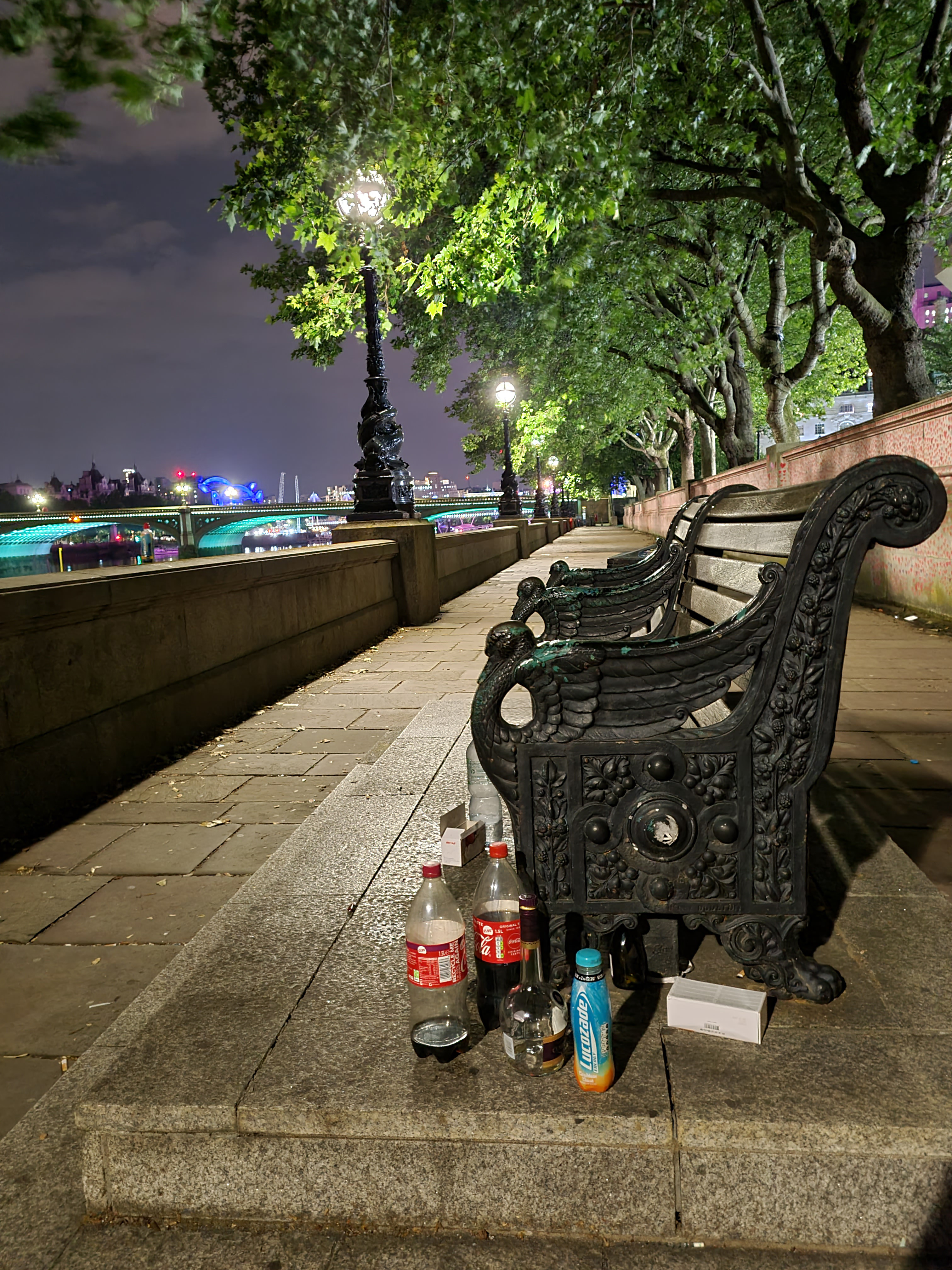

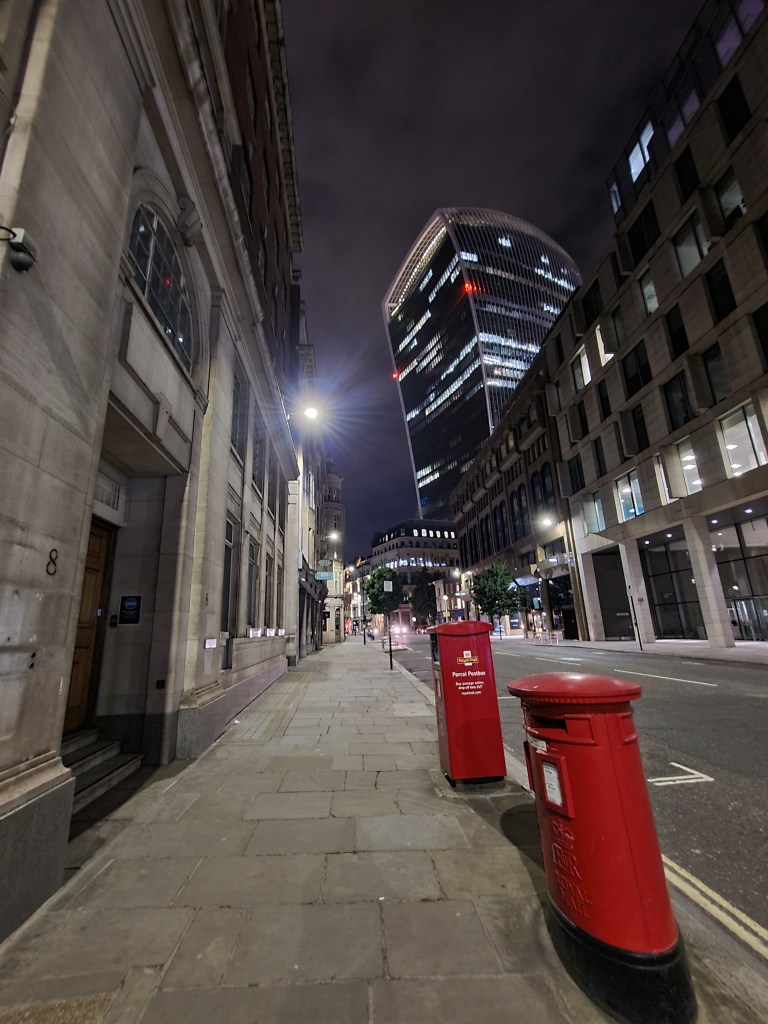
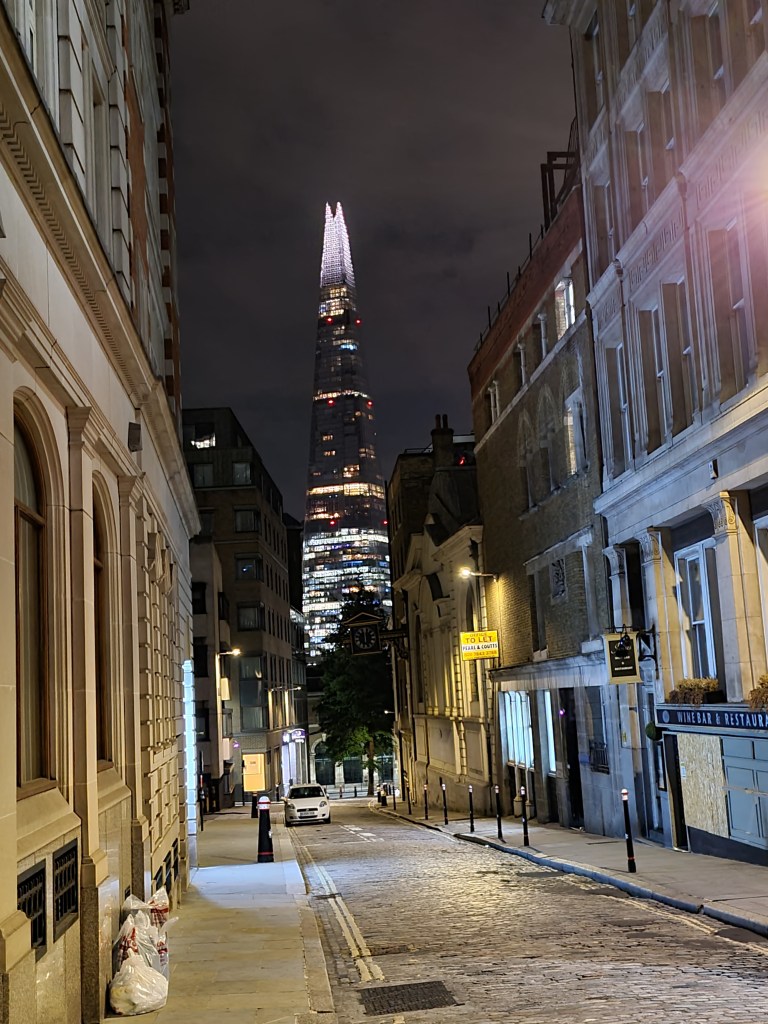
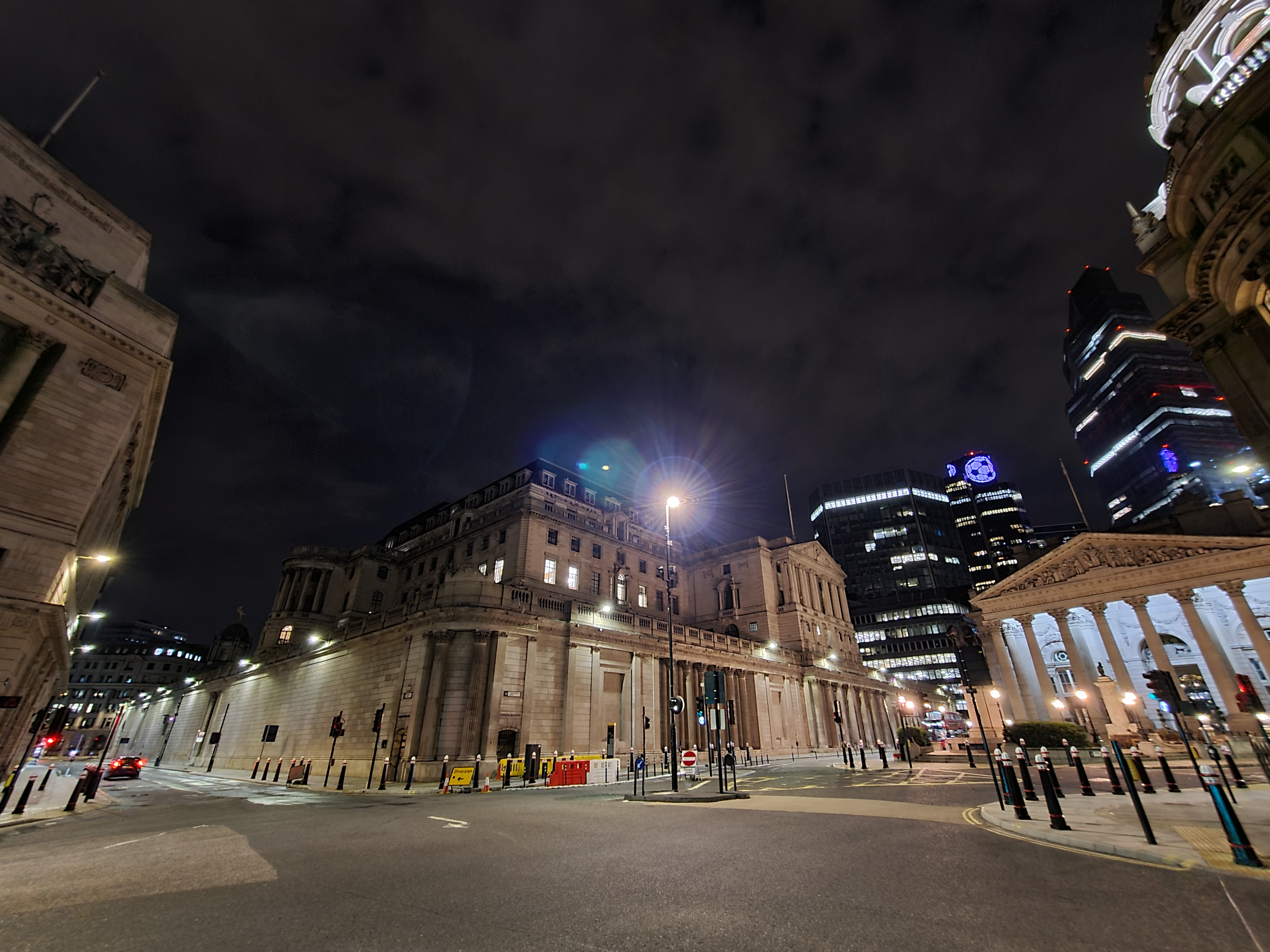

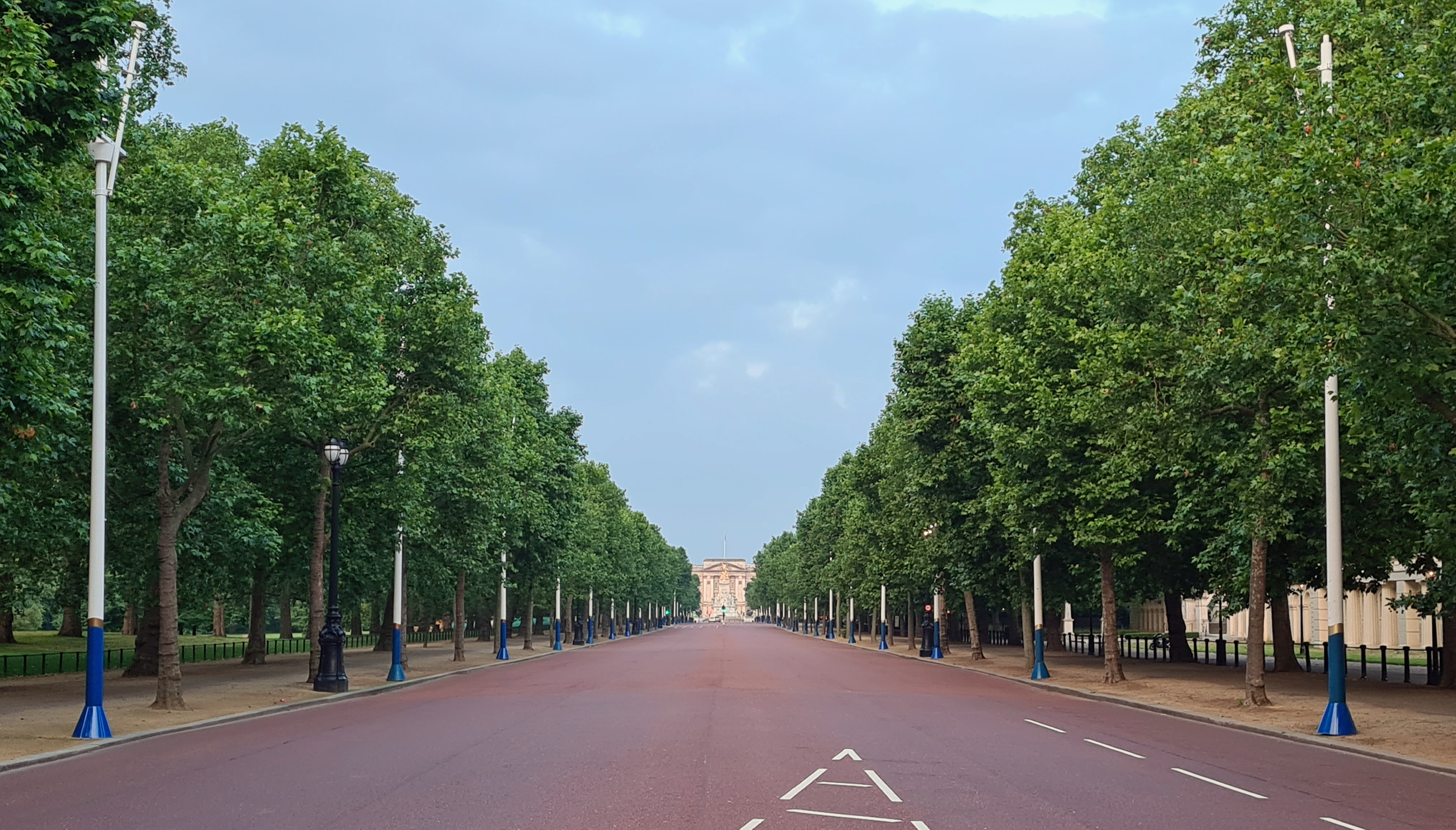


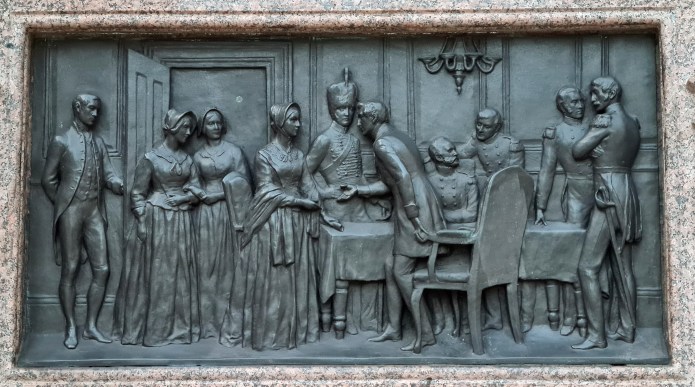
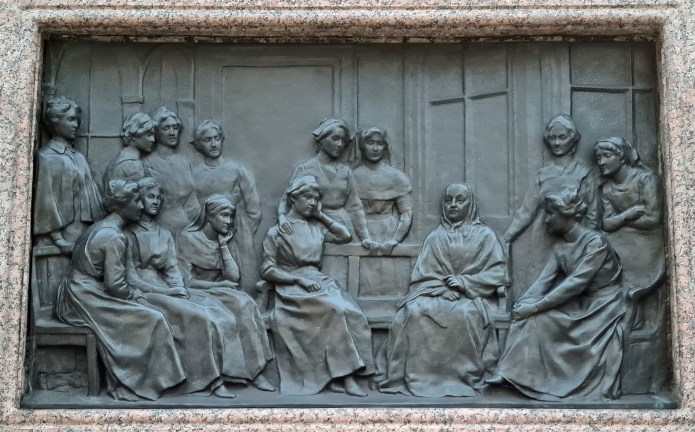
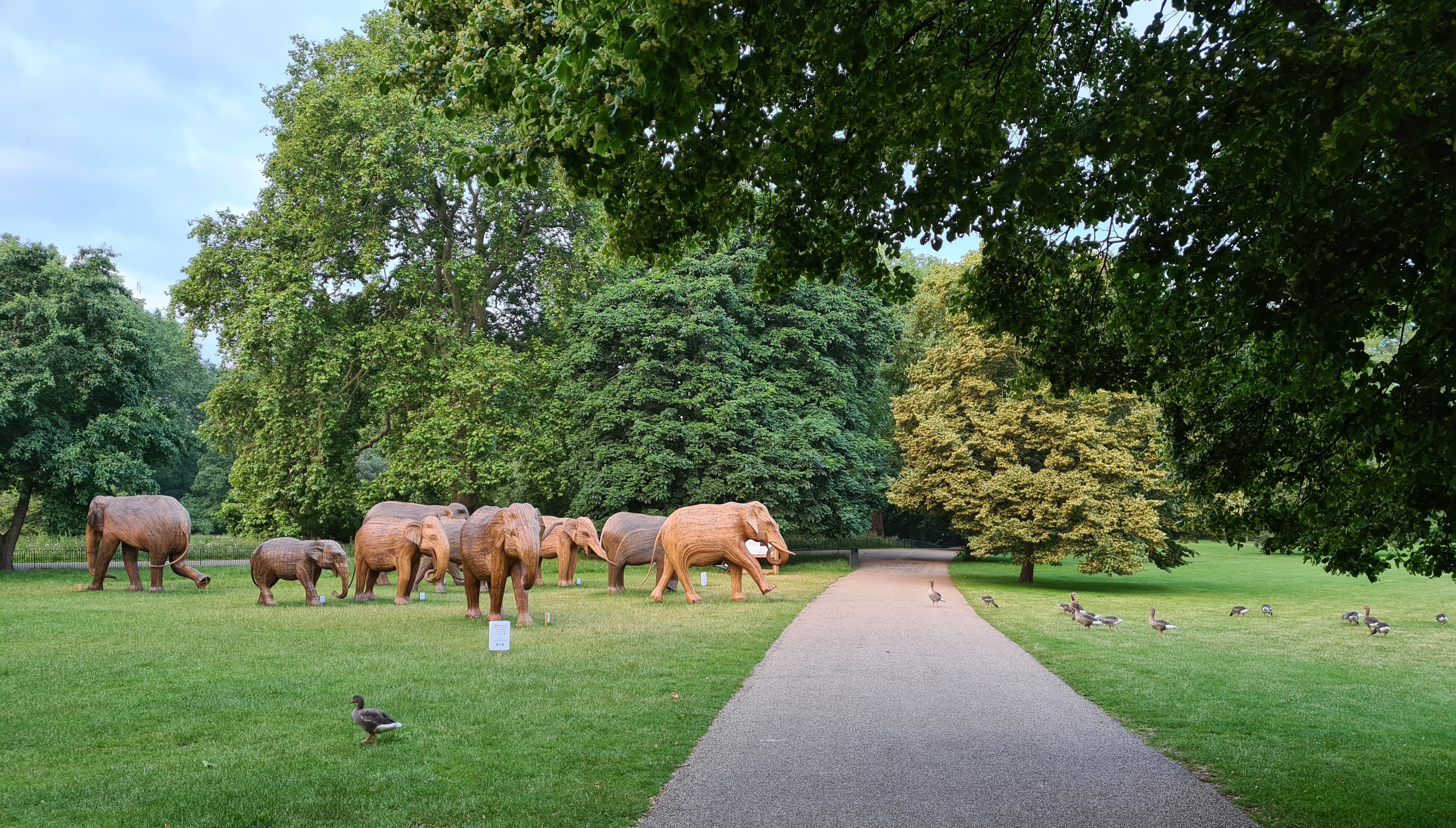
Another interesting blog. I liked the cube man and elephants but preferred the statues on your daytime meander. Were you only spoken to once all night? No police checking you out?
LikeLiked by 1 person
Kept myself to myself, no problems
LikeLike
A novel venture. The night photos are lovely. ‘Phone or camera?
LikeLike
I’m strictly an amateur. I rarely take my ‘proper’ camera on walks now, relying on phone instead
LikeLike